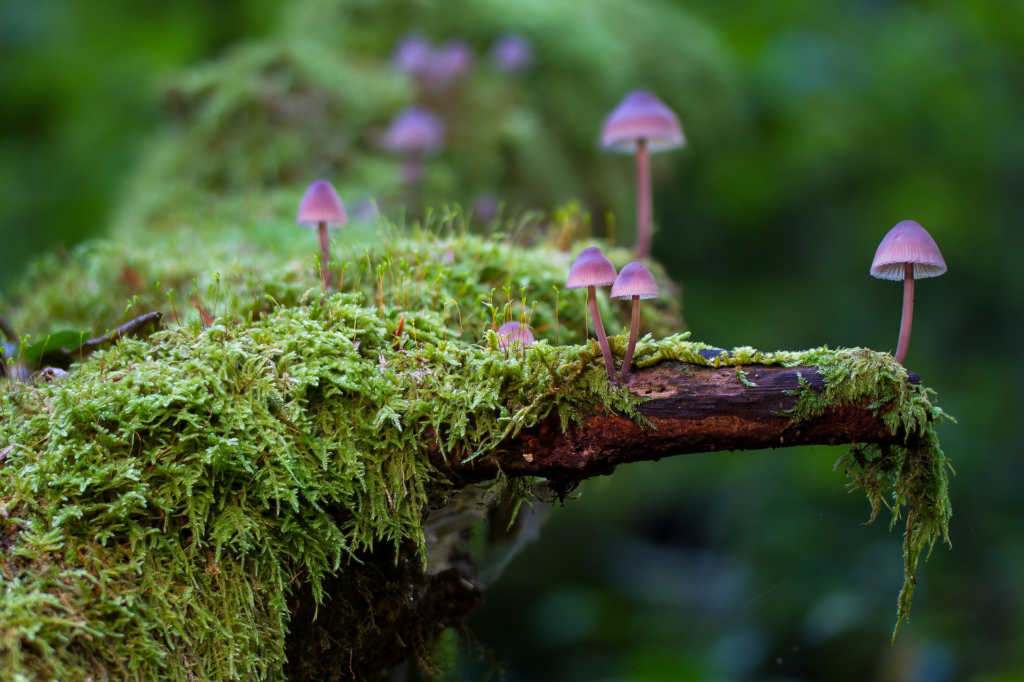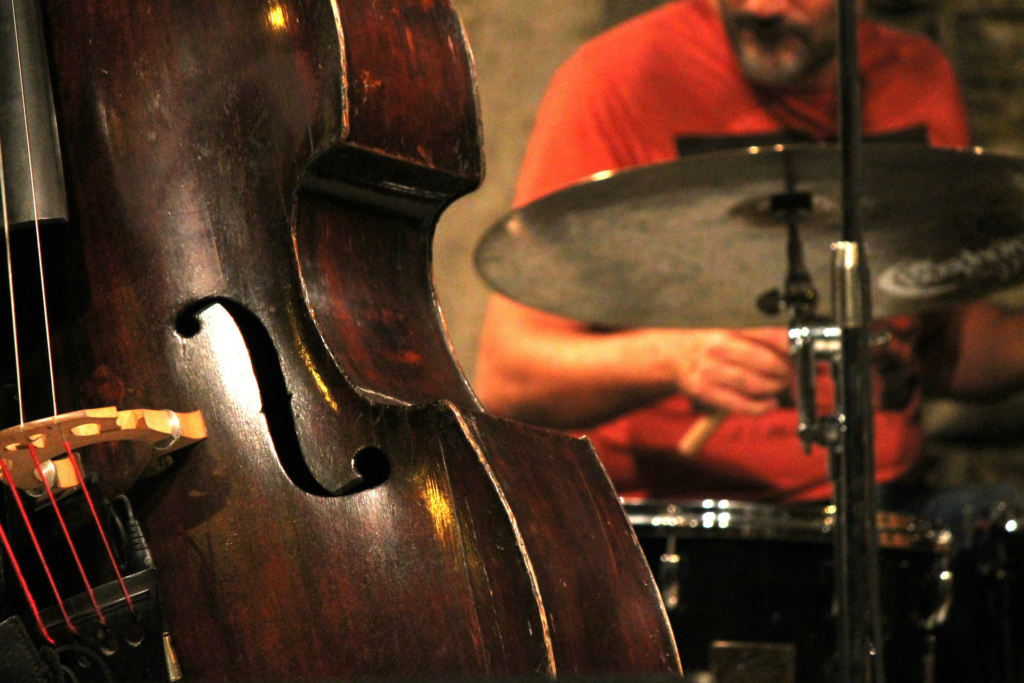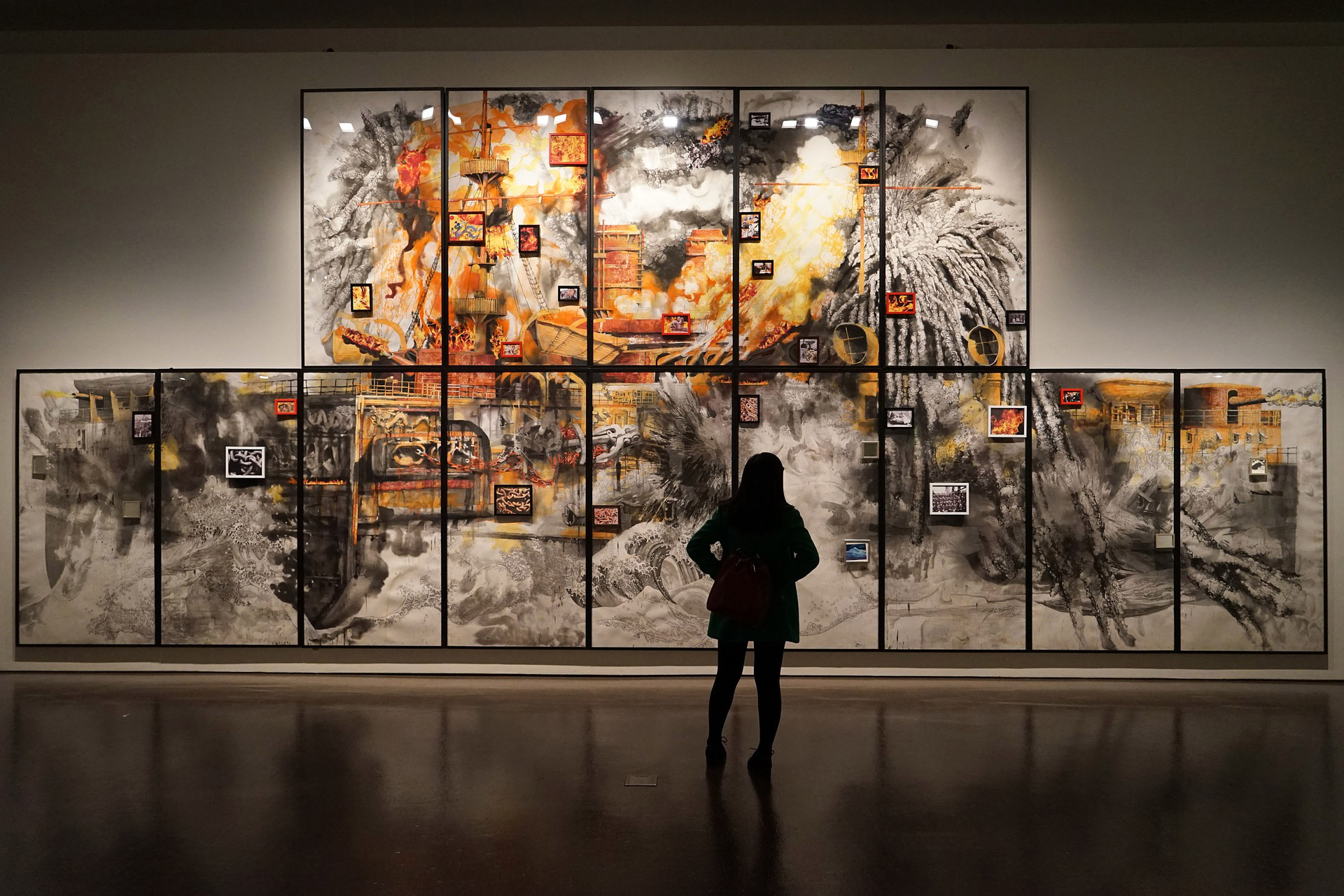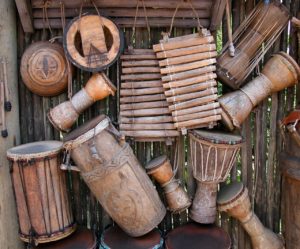Four weeks ago, I posted an article about getting started in a new art. And, for my last post, I continued the theme by teaching you how to build the discipline you need to consistently practice writing or any other art that grabs your interest. But, that’s not the only thing you need to become a better artist. There’s also a more vague, creative side centered not around sitting down and practicing consistently, but at improving the quality of your work, itself. Thing is, knowing how to improve your writing (or any other art) requires knowing how to use your practice to its fullest.
I can’t claim to be a creative expert, here. I’m still in the same position as many of you: I’ve made a lot of stuff, and now I’m trying to get it out into the world.
What I can tell you is this: I’m improving. I can look back on works I finished even six months ago, chuckle, and point out all the ways I could’ve made the writing process easier, or turned the final story into something better. During my years of practice, I’ve tried to keep an eye on which lessons helped my growth the most and, like the last article, my goal here is to pass on those lessons, in the hopes that you’ll make use of them.
First off, remember that no craft gets better without practice. I have yet to meet the writer, artist, or musician who created a masterpiece on their first go. If you want to get better, you can’t just think about your art; you need to put in hours practicing, making something, and stretching your mind.
Creating makes you more creative… sitting there and starting something, anything, can quickly bloom into a beautiful, sprawling mess of a story.
Many hit a roadblock right out the gate, though: finding a good idea to practice with. In my experience, this is most common with writers. Artists can practice with still lifes, and musicians can play covers. Game developers can join a game jam or try to recreate their favorite games in different engines. This is partly because these folks have a lot of options to practice technique that don’t require a full-blown, new idea.
For writers, that’s much more difficult, especially when their main goal is honing their skills. It’s strange: once you know you’re there to practice, anxiety has a way of creeping in and screwing with the process.
But, there are ways that writers can make it easier to find ideas. You can look for writing prompts in places like Reddit and Writer’s Digest, or you can write fan fiction. I’m also a big fan of Neil Gaiman’s “compost pile” idea, where one keeps a notebook (or file on their phone) where they jot down anything that catches their interest or gets an emotional reaction, whether it’s in real life, a book, a picture, or a game. Even if you never look at the document again (though you should), mentally “highlighting” those details twigs something in your mind and the notes’ll sit back there until, composting together, they spark an idea that grows into something interesting.
Still, I think the most important thing to remember when you’re searching for ideas is this: creating something makes you more creative, and you don’t have to start with a fully developed idea. Sitting there and starting something, anything—even if it’s just a single line or the barest glimpse of a character—can quickly bloom into a beautiful, sprawling mess of a story. Look up the origins of some of your favorite novels, sometime. You might be surprised where they got their start.
Doing this also strengthens your creative mind. Like discipline, creativity’s more a muscle than a cup to be emptied. Create more often, and you’ll find yourself creating more easily, making connections where you hadn’t seen them, and finding new ideas for stories, songs, and pictures.
I would also advise you to pay closer attention to life, people, and the world around you. It’s easy—especially for writers—to get lost in their own heads. Getting lost like that is important. Those daydreams become art, after all. But, you also need to see what happens around you; pay attention to the odd verbal quirks of a friend or that weird smell outside your favorite restaurant. Look for the details in the moss growing on a tree alongside your favorite route home, note the hypocrisy of a politician you hate, or think about the charmingly unique dynamic between your favorite characters in a book. In particular, look for anything that catches your eye or makes you “feel,” then make a mental note of it and throw it in your compost pile.

But, even when you’ve got the ideas flowing, you might feel aimless and lost, especially if you’ve decided to make art a major part of your life. It can be hard to find any concrete goals other than “wanting to create.” Or, if you’re like me and didn’t have the educational resources afforded to some, you might have an idea of what you want but no clue how you’re supposed to get there. You’re going into the forest without a clear direction or any paths in sight. You just know that there’s something in there calling to you.
In these cases, all you can do is keep moving and keep learning. As I mentioned in the last article, practicing is as much about discovering “how” and “why” you’re diving into the creative arts as it is about improving your skills and making a final product. The more you practice, the more you’ll be able to place what appeals to you, why you’re doing this, and how much of your life you want to center around writing, art, music, or game development.
From there? Well, you have to start figuring out where you’re going. You can start reaching out to other writers or artists, reading books by big-name creatives (I strongly recommend Neil Gaiman’s Art Matters), or attending writing, art, and gaming conferences if you have the time or money. Whatever you pick, always keep practicing and learning about your art and community so you’ve got the skill to carve through that forest once you know where you’re going.
That practice shouldn’t be automatic, mindless, or aimless, though. I think one pitfall many creatives hit (myself, included) is focusing more on “quantity” of practice than “quality.” This isn’t surprising. Once something becomes a habit, sticking to that habit can be relaxing. Almost meditative. Even when it’s stressful, it can be less stressful than throwing a wrench into your routine or changing up what you’re doing, especially when you had to do a lot of work to get there, in the first place.
The problem is that, as your skills and understanding of your art changes, your methods of practice need to change, too. Otherwise, you’ll stand still. You need to check in every so often to make sure you’re still improving and moving towards something, and that can mean setting new goals or switching up your practice methods. For me, this meant changing from hourly quotas to word quotas to chapter quotas and back. For some musician friends, it meant taking a step back from technique and studying theory. And, for artists, it might mean finding a critique partner. Once you’ve established a habit, though, keep part of your mind on the effectiveness of your practice, rather than the bare fact of doing it.
You need to look at art critically. Figure out which parts of each work you like, and which parts you don’t like.
Of course, keeping your practice effective can be about much more than your schedule or what you’re doing during your practice time. Sometimes, it can be about what you’re putting into your head—what you’re studying—rather than what you’re putting on the page. Studying is crucial for artists and, without it, your progress will grind to a halt. But, how do you study effectively?
My thought is this: to improve, you should study the works of other artists (both the classics and your contemporaries), as well as the theory of your craft. I’ll explain my ideas behind studying other artists, then dive into theory.
I believe that, when it comes to studying other artists, it’s useful to balance contemporary studies with classics. By “classics,” I don’t mean “books written two-thousand years ago,” though they certainly qualify. I mean anything that has stood the test of time, even if that time is only twenty years. After all, there’s a reason they’re still around.
You’ll also want to explore the works of new and contemporary artists. For convenience’s sake, lets call these works created in the last ten or (preferably) five years. Reading them will get you an idea of the current zeitgeist, of course, but don’t think that just ‘cuz they’re “new,” you’ll have nothing to learn from them. Rather, these “new” works will set the modern standards for your art, and will often cut closest to what you want to make, on account of their creators having likely drawn from similar sources of inspiration. You can learn a ton from reading them.
Take a look at Paul Krueger’s Steel Crow Saga. It was released in 2019 and I’d be shocked if it doesn’t inspire a whole parade of authors. It certainly affected me, and I deeply appreciated its obvious anime influences. Reading it opened my mind to how wide my creative options were.
Plus, it was probably one of the best books I’ve read released in the last couple of years. Pick it up if you haven’t given it a go.
Finally, feel free to take inspiration from arts way outside your own craft. Many artists have inspired writers, many writers have inspired musicians, and many musicians have inspired game developers. Take what you can from everywhere, and always be studying what you love and what makes you “feel.”
But, take heed: when I say you should “study” the works of other artists, I don’t mean you should just give ‘em a read or a watch and forget about them. You need to look at art critically. Figure out which parts of these works you like, and which parts you don’t like. Figure out how to replicate the good, in your own way, and how you’d change the things that didn’t work for you. Write book reviews and essays to force yourself to think deeply on the matter. Likewise, listen to other peoples’ opinions and see if anything they say makes you look at the piece in a different way. Art is a deeply personal thing and, while you should focus on creating something that appeals to you, you also need to know how to convey that message to the audience.
As for theory? That’s simpler to manage. Many creatives have penned books or other learning materials on their craft, but you can also learn from other sources: seminars, classes, or even talks given by your favorite modern artists. For writing, there are famous tomes like Robert McKee’s Story and Stephen King’s On Writing, Masterclasses by folks like Neil Gaiman, and smaller essays by other writers. For the visual arts, I’ve heard great things about Ctrl+Paint and have been enjoying it, myself. Do some digging and see if your favorite creatives have said anything about making art, as their ideas will likely resonate well with you.
No matter the source, remember that none of these people have the final say. Many of them even contradict each other. Only you can decide which theories you want to implement into your own work. Don’t get me wrong: you shouldn’t reject any ideas out of hand. Rather, give each theory an honest try. Ditch what doesn’t work for you and keep what does. Occasionally, make time to go back to an old trick you’d forgotten and see if it does anything for you, now. And, no matter what, always keep an eye out for a new piece of advice, no matter the source.

How you practice has an impact on your growth, too. While drawing ten thousand hands will make you the undisputed master of hand-drawing, there’s more to the world than hands. If you want to be a flexible artist, writer, game developer, or musician, you’ll want to have more in your toolkit. You need to stretch your mind and create things out of your comfort zone, instead of making the same thing over and over. If you’re a slow-paced character writer, try making a piece that’s more about excitement and worldbuilding. Are you a rock guitarist? Try some jazz.
Getting out of your wheelset will do three things. First, it’ll teach you lessons you wouldn’t have learned otherwise, and that you can use to improve your usual work. Second, it will stretch your creative muscles. And third, you might discover a hence-unknown love for a new style or genre, which may become your new focus. Again: creative practice is as much about self-discovery as anything else.
There are also certain skills that are core to your art, but are hard to practice in the middle of crafting a bigger piece. Often, these are issues of “technique.” There’s really no way of getting around this: to practice these core skills, you’ll have to do drills that may be mind-numbingly boring. I can still hear violin scales in my head, and the image of a vase on the table is likely drilled into a lot of artists’ minds. But, these exercises can drastically improve your technique and strengthen your art as a whole.
Besides: there are ways to cut the dullness of these drills, so long as you don’t let them distract you from the lesson. Put some music on in the background, maybe, or find other creatives to practice with.
This leads me to my final tip, and something I’m still working on, myself: it’s important to have a creative community that clicks with you, but is diverse enough to make you think and grow.
Problem is, this isn’t always doable. As much good as you can find in online communities, the online options can give you so many options that it can be hard to avoid an echo chamber and walk that line between similarity and difference. Plus, it’s all too easy to drown in toxicity online, while the immediacy of in-person or local creative groups makes that less likely.
Thing is, not every town has a local creative option. It’s insane (in the United States, at least), how many areas can feel aggressively anti-artistic, especially depending upon your demographic. I’ve certainly dealt with a lot of that. So, the only advice I can offer is this: keep an close eye out for other creatives. You never know who might be hiding a secret passion for the arts. Ask real questions of those you meet instead of disinterested small talk, dive deep, and don’t hide what you love. If you play the beacon, others will come to you.
For right now, that’s all I have for you. These aren’t lessons I expect you to take to heart right away. And, hell, they may not resonate with you at all. But, if there’s anything here that does ring true for you or someone in your life, feel free to come back to it and share these ideas. Ask me some questions if you’d like. And, if you’re looking for more creatives to connect with, always feel free to throw me a message.
In all, I hope you learned something. Keep creating, keep improving. The world’ll always need good art, and there’s no reason you can’t be the one to make it.
Images courtesy of SilentPilot, adege, and tatlin!



